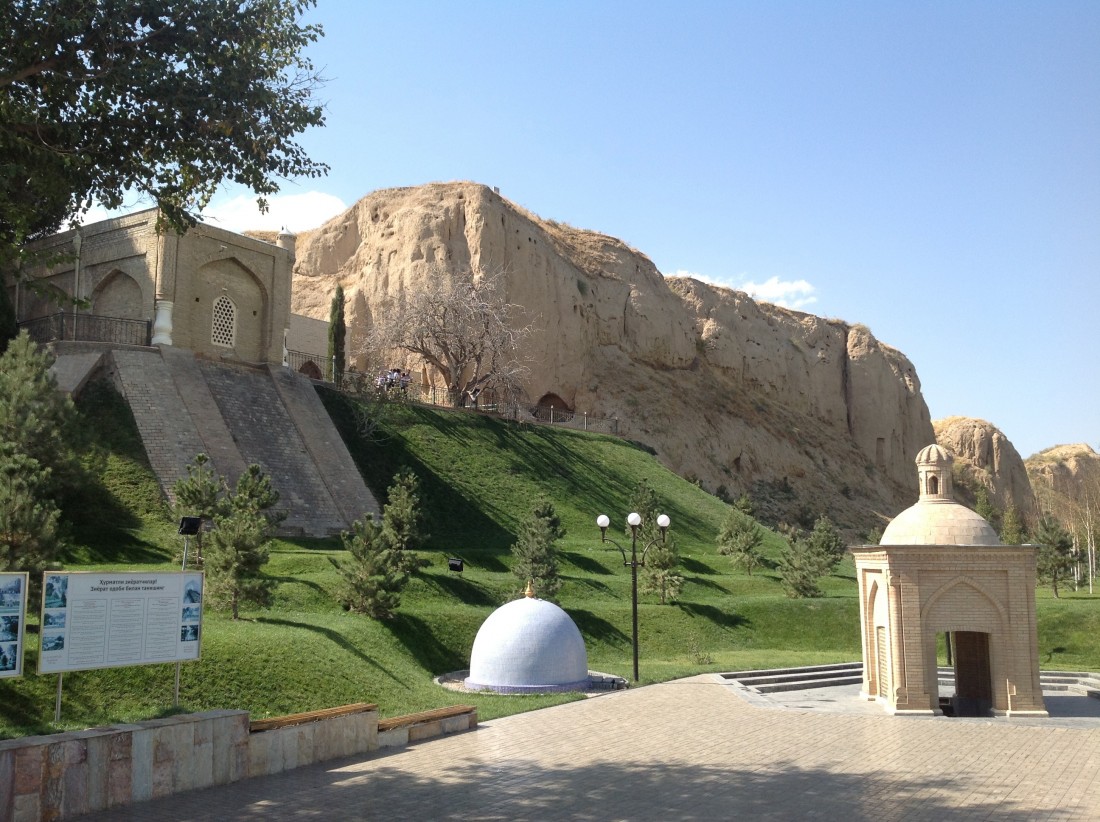He has several names, he is revered in world religions under different names. Muslims call him the Khoja Daniyar, the Jews call him Dānīyyēʾl, and in Christianity he is known as Daniel.
Daniel went down in history as a predictor, interpreter of dreams, an advisor of the Babylonian king and Persian rulers. As a teenager, he was taken prisoner along with other Jews after Nebuchadnezzar's conquest of Jerusalem. Almost immediately in Babylon, Daniel showed wisdom beyond his years, he had an excellent memory and quick learning. For his successes in science and art, he earned fame in front of the Babylonian king. Nebuchadnezzar invited Daniel to the service and often turned to him for the interpretation of his own dreams. He was his adviser and people's judge, predicted the alternation of great empires and their decline, as well as the coming of Jesus Christ.
After the fall of Babylon, Daniel continued to serve under King Darius. Meanwhile, the prophet had many ill-wishers and conspiracies were waged against him. The reason was Daniel's denial of the imperial gods and also he refused to pray on his Persian king. The conspirators managed to convince Darius to execute Daniel, and he decided to throw the sage into the den with lions. But Daniel miraculously survived, and his position at court became unshakable.
Daniel was a dignitary of another Persian king - Cyrus the Great. Under the influence of the soothsayer, the tsar released the once captive Jews, allowing them to return to their native lands. Daniel decided not to return to his homeland, and he remains in Babylon. Having lived to a ripe old age, the prophet moved to the city of Susa (now the territory of Iran), where he died and was buried in the royal mausoleum.
There are several opinions about how the sacred burial of the biblical saint appeared in Samarkand. According to one of the legends, this happened after Amir Timur's seven-year campaign in Asia Minor. He tried many times to take Susa - the place where the seer was buried. But the great Amir Timur did not succeed. From local priests, he learned that the city was guarded by the relics of St. Daniel. Then Amir Timur decided to negotiate with the townspeople about reconciliation, but on condition that he would take away part of the sacred relics to Samarkand.

When Amir Timur brought the relics of the saint and laid him to rest on the territory of Samarkand, his empire became more powerful and expanded from the Indus River to the shores of the Black Sea, and the city of Samarkand became its capital.
The Mausoleum of Saint Daniyar is a unique place located on a high hill in the outskirts of Samarkand near the coast of the Siab River. Mazar is one of the most famous cult burials. Inside it there is an unusual tombstone, the length of which reaches eighteen meters. A spring with healing water flows near the mausoleum.
Working hours: 9:00 AM - 6:00 PM, Mon-Fri
For any questions
ПОЛЬЗОВАТЕЛЬСКОЕ СОГЛАШЕНИЕ
1. Определение
Настоящее Пользовательское соглашение (далее — Соглашение) является Публичной офертой в соответствии со статьёй 367 Гражданского кодекса Республики Узбекистан от 21.12.1995 (https://lex.uz/ru/docs/111181#162763) и регулирует порядок использования материалов и Сервисов сайта Государственного унитарного предприятия «Национальный PR-центр» (далее — Предприятие), размещённого на веб-сайте и поддоменах Национального Туристического Информационного Центра: https://uzbekistan.travel/ (далее — Сайт).
Посетитель и (или) Пользователь подтверждает, что ознакомлен, полностью и безоговорочно принимает все условия настоящего Соглашения и обязуется их соблюдать.
Использование Сайта Пользователем означает полное принятие данного Соглашения «как есть» в форме акцепта.
Соглашение вступает в силу с момента посещения любой страницы Сайта и (или) регистрации на Сайте и действует бессрочно во время пользования Сервисами Сайта.
Настоящее Соглашение обязательно для исполнения всеми Посетителями и Пользователями без каких-либо изъятий и дополнительных согласований.
Пользователь обязуется самостоятельно проверять актуальную редакцию Соглашения на Сайте перед использованием Сервисов.
2. Предмет Соглашения
Предметом настоящего Соглашения являются правила использования материалов Сайта и предоставление Посетителю и (или) Пользователю возможности использования Сервисов Сайта.
Предприятие является правообладателем исключительных прав на Сайт в целом и на его составные части, включая все виды контента: логотипы, товарные знаки, тексты, статьи, аннотации, иллюстрации, фотографии, графику, аудио- и видеофайлы, пользовательские интерфейсы, дизайн, структуру, программы, базы данных.
Я прочитал(а) и соглашаюсь с условиями использования сайта и политикой конфиденциальности.
